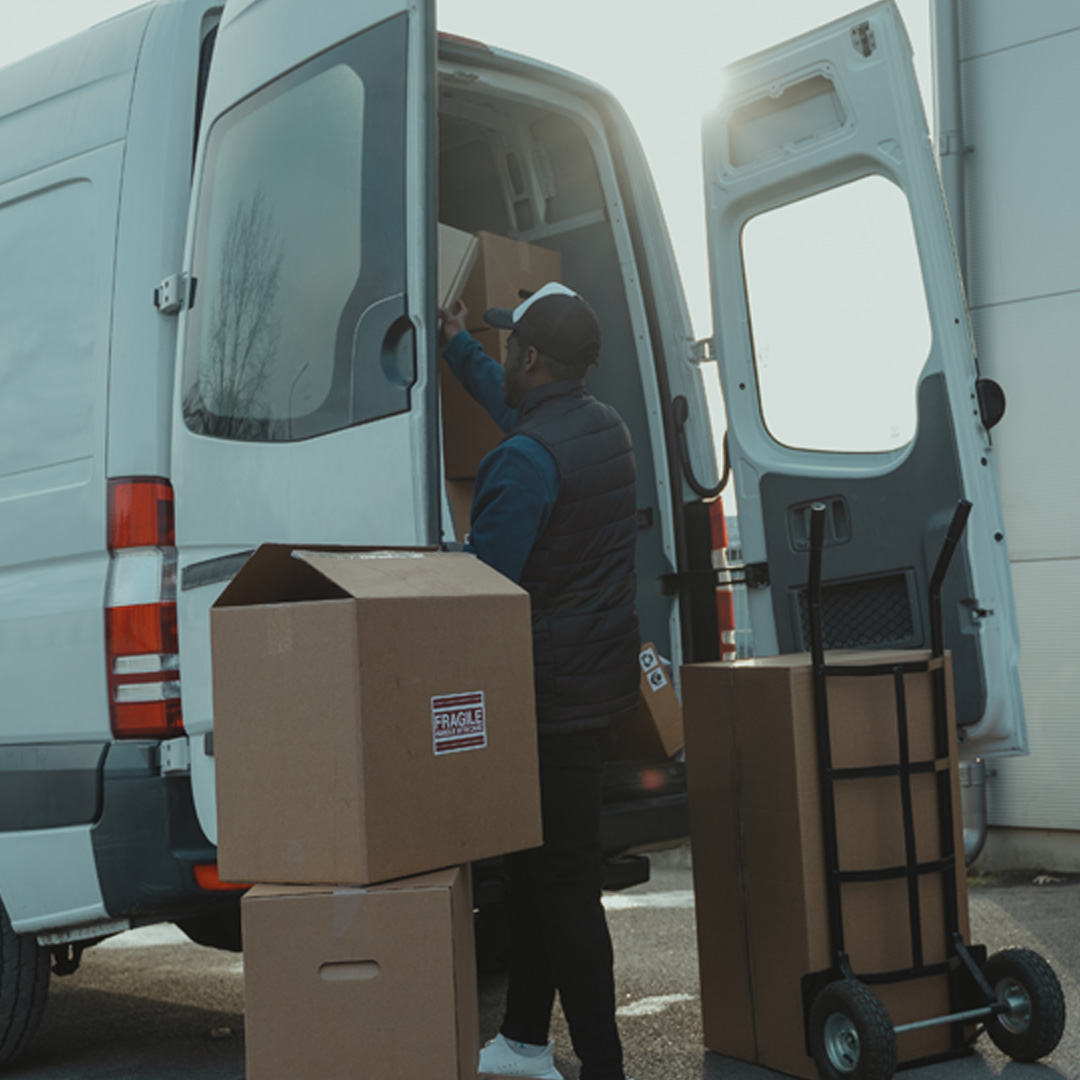Case study
Obstacles in optimizing delivery routes

More Optimal
Published on October 13, 2023
Ever found yourself musing over the sight of two delivery trucks from the same company arriving on the same street almost simultaneously? Seems like a glaring inefficiency led by the absence of delivery route optimization experts, doesn't it?
Cool Electronics: a real-world glimpse into route planning
At first glance, observing two trucks from the same company on the same route might seem like a simple oversight in transportation planning. Yet, dig a bit deeper, and the nuances of the challenge begin to emerge. Take the example of Cool Electronics, which encapsulates the intricacies of this dilemma.
Known for their doorstep deliveries and specialized installation services, Cool Electronics employs a variety of vehicles in its fleet. Lightweight items get the van treatment, while bulkier products necessitate heavy-duty trucks, often manned by a co-driver to assist with the heavy lifting.
While Cool Electronics leans on the robust capabilities of TMS route planning, the system falls short when it comes to distinguishing between routes that need a co-driver and those that don't. In response, Cool Electronics has found a clever workaround. They split their optimization process into two runs:
- The first accounts for orders containing at least one bulky item (and as such require a co-driver).
- The second exclusively plans for lightweight product deliveries.
This results in an unintended consequence: while the number of routes requiring a co-driver is minimized, the overall driving distance might increase, highlighting an inefficiency. The root cause is simple - the planning process makes that orders solely containing lightweight items will never be planned on a route with a co-driver even in cases where it may be more efficient to do so.
The quest for a More Optimal solution
The true hallmark of a superior transport optimization software is flexibility. The ability to adapt and cater to a variety of planning rules is crucial. More Optimal offers just that - a versatile solution that seamlessly manages all facets of route optimization. Not only does it harmoniously balance conflicting KPIs, but its inherent flexibility also ensures that the software evolves with your business needs. No need to adjust your planning process to cater for missing rules in the software.
Adopting such a comprehensive system can trim transport costs by a significant 8 to 12% and at the same time reduce CO2 emissions.
Conclusion
Route planning is in a state of dynamic evolution, propelled by constant innovation. As businesses like Cool Electronics actively seek more efficient operational strategies, it becomes evident that what's truly needed isn't just another TMS optimization technique. Instead, the demand is for a flexible planning solution that seamlessly interfaces with existing TMS systems, ensuring adaptability and comprehensive coverage for every delivery scenario taking all rules, constraints and (conflicting) KPIs into account.

